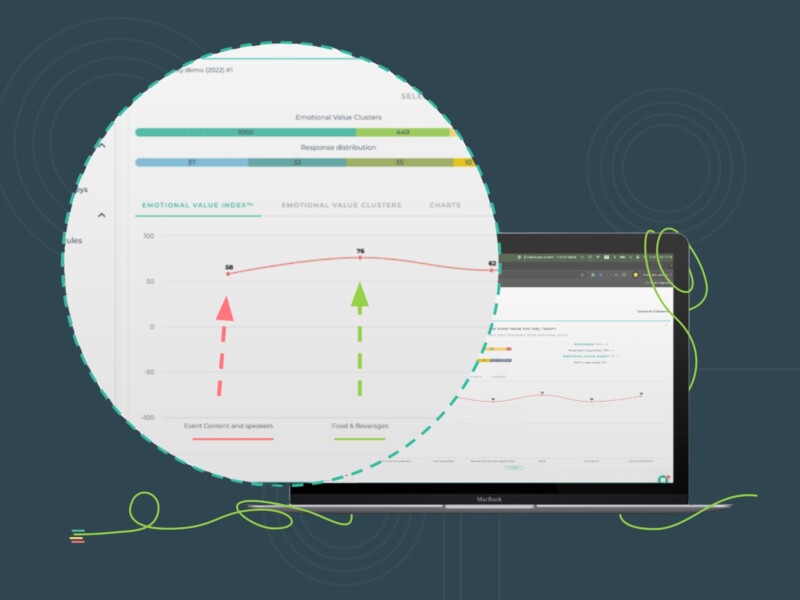Net Promoter Score (NPS) is a CX metric designed to measure customer loyalty through their likeliness to promote the business to others. It shows you the percentage of customers who might engage in word-of-mouth marketing, advocating for your brand. Companies worldwide utilize NPS to assess brand loyalty and gauge retention rates.
But, it’s noteworthy that NPS is a metric developed to measure a specific aspect in the post-purchase phase of the buyer journey. Relying solely on the metric to understand the overall customer experience can lead you in the wrong direction.
However, NPS, used along with other metrics, can be a valuable asset to the business. You can make correlations between different KPI scores and gain valuable insights. Versatile metrics like EVI® that can be applied throughout the customer journey can complement the NPS score, leading to better decision-making.
So, NPS, when used right, can be a powerful metric that can help you attract leads, retain customers, and optimize growth and revenue. Here are some tips to help you apply NPS strategically in your CXM program.
1. Understand NPS
NPS is not the only metric you need to understand and measure CX. It is one of the KPIs that are essential. It looks at “what is likely” rather than “what is,” and therefore, needs more data to validate that the score is reliable. It is also critical to acknowledge that NPS focuses not just on customer loyalty but on one specific dimension of customer loyalty, i.e. the customer’s willingness to recommend the brand to others. The reality is that customer perceptions can always change. The KPI also assumes that the customer will purchase from the brand again when it may not be the case.
2. Identify what you want to measure
Before using NPS, it helps to have a set of clearly defined objectives you want to achieve through its scores. The primary target is to understand where brand loyalty stands based on the overall service.
But narrow it down further. Do you want to identify the detractors and identify the root cause? In this case, you should use other metrics like CES and EVI®. If you want to identify why people are passive about recommending the business, an open-ended question or a follow-up survey targeted toward the passives after NPS can be beneficial.
3. Focus on the targeted customers
A brand can have many ideal customer personas, and considering their NPS answers together can give mixed signals. So, you can set up the survey targeting a specific type of customer based on demographic and behavioral features.
For example, are you targeting gen-z or older customers? Are you targeting customers based on purchase size? The NPS surveys targeted this way can give you more insights. For example, the NPS score on surveys sent out to gen-z customers can mean your brand has the potential to optimize its social media presence through better exposure.
4. Select the ideal customer journey stage and channels
As you might know already, NPS is a KPI used at the last stage of the customer journey. Advocacy is measured in the post-purchase phase, ideally, after the customer has tried the product/service.
Identify the best channels to reach out to customers with the survey. Some of the popular options are email, SMS, Feedbackly terminals at the stores, and in-app feedback. Businesses should select the best channel, depending on the customers. Also, NPS surveys should be prompt, short, and sent out at the right time. If it’s too early or too late, it can affect the reliability of the score.
5. Analyze the data and react accordingly
Closing the feedback loop is important. Based on the NPS and other metric scores, you can identify pitfalls in the customer journey and fix the pain points that customers face. But that’s not enough to foster customer loyalty. You can respond to their surveys, acknowledge their concerns, and engage with them.
It is also important to correlate NPS scores with other organizational data to build context and understand customer behavior better.




